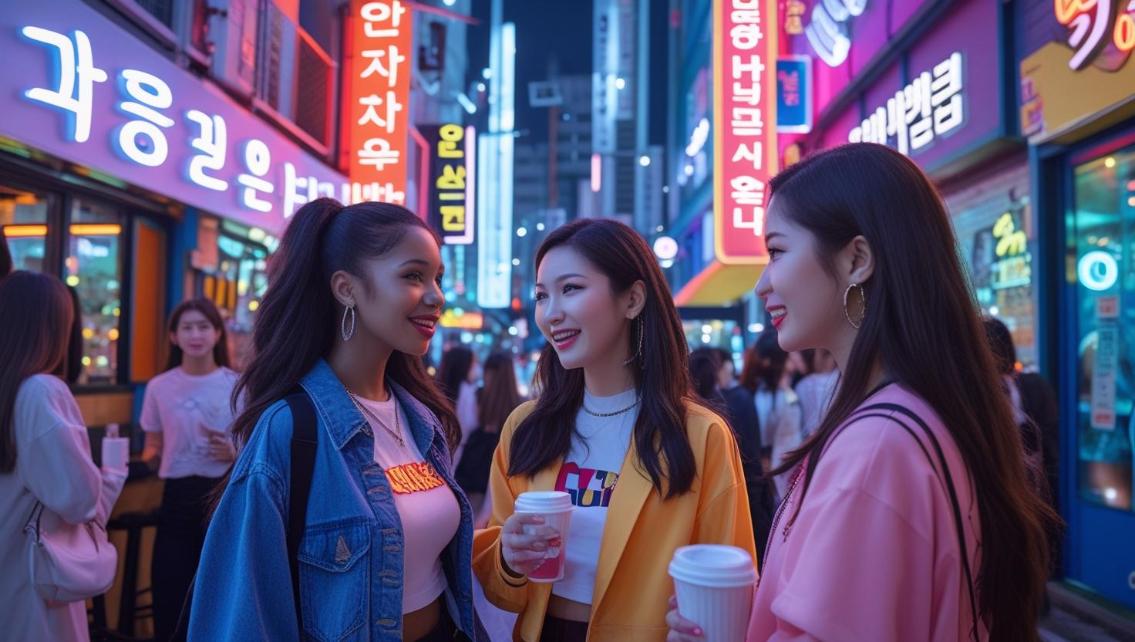At first glance, the operational presence of out-of-platform sites within South Korea may seem confined to discrete commercial services and proximate neighborhoods, but their influence broadens to unforeseen cultural terrains.
A particularly compelling nexus is the intersection of OP sites and the evolving ecosystem of K-pop within urban youth subcultures.
Digital Assembly Zones that Define Taste
These OP sites operate as informal agora where metropolitan youth disclose shortcuts, rating rubrics, and subcultural shortcuts.
The transaction resembles SKU lists that are shared among idol fandoms, but it also includes bookmarks, urban dining routes, and lifestyle props.
Such miniature forums steer perceptions of commercial offerings while simultaneously refracting prevailing discourses in music, fashion, and performance.
Synchronised Surge Along K-Pop Cadences
Operational zones and K-Pop fandoms orbit identical rhythms of instantaneous feedback, streaming updates, and collective choreographies. F
and used to quick updates, now quickly absorb either a leaked photobook or a song list from Seoul.
The simultaneity instills cross-pollination where transmission velocity and shared ambience are reified as the urban norm.
Influence on Urban Nightlife
For over a decade, K-Pop has pulsed as the unofficial anthem for Seoul’s after-dark economy, its orchestrated beats spilling from polished Gangnam megaclubs to the dim, post-midnight vinyl haunts of Hongdae.
Beyond the usual music scene, online participation (OP) platforms boost this traveling sound by highlighting the connections between performance, buying, and cultural practices.
As a result, certain areas gain a two-part identity: they are famous first for their many entertainment options and second for becoming temporary stages for ongoing musical creativity.
Style, Aesthetics, and Youth Identity
Threaded through soirée attire, K-Pop-inspired subcultures raid the ready-made wardrobe of nocturnal spectacle.
OP ecosystems propagate this inventory—artificially glossy outfits, convective neon glaze, and strategic suggestiveness—mimicking the cinema of the contemporaneous music video.
What begins as a stylistic surplus thus re-enters the mainstream circulatory system: stairwell selfies, ambient video frame references, and curated vibes become the lexicon by which the city’s emergent public constructs its permutations of the self.
ALSO READ: 5 Reasons Why Musicians Are Turning to California Business Brokers for Success
Shared Codes and Language
As fandom speech articulates the minutiae of idol biography, OP enclaves produce an analogue lexicon of tightly knotted tropes, fibrous acronyms, and curved arcane references.
Through this detailed way of communicating, the pressure of discussion creates boundaries in the open city, making it hard for outsiders to join in.
For youth who straddle fandom and urban pulsing, the lexicon thus becomes social paraphernalia as vital as intercity metro navigation.
The Synergy of Digital Communities and Urban Life
Central to the contemporary urban imagination is the fusion of online platforms and embodied public space.
OP websites act as a choreographic framework that instructs individuals on the cadence and trajectory of their urban itineraries, while K-Pop supplies both diegetic and affective backing.
Viewed as a reciprocating circuit, these elements illustrate that Korea’s emergent subcultures exceed the discrete realms of either sound or night-flare—what emerges is a collective choreography sustained by the mutual amplification of both domains.
Conclusion
The magnetic pull of OP platforms on K-pop-managed urban subcultures operates not through overt sponsorship but through mutual infrastructural choreography.
Both domains pivot on communal investment, a curated tier of visibility, aesthetic mores, and hyper-accelerated information circulation.
Such a coalescence reveals the apposite capacity of intertwined digital and musical apparatuses to reform not merely leisure protocols, but the very cartilage of Korean youth identity itself.

